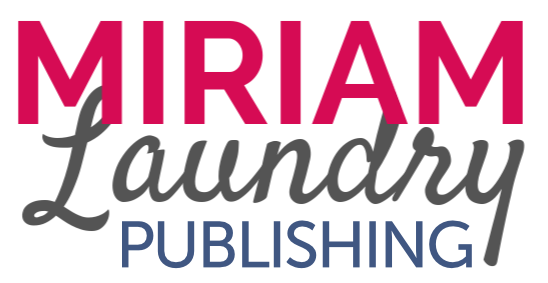How many illustrations are in a picture book for children? To find out, you need to know how many pages are in a picture book and how to plan the layout of your book. In this blog, I’ll cover both of those things and how to estimate how many illustrations you’ll have in your book.
How Many Illustrations Are in a Picture Book?
Before I can answer that question, you need to understand how many pages are in a typical picture book, how to arrange those pages in an appropriate layout, and your options for types of illustrations.
Picture Book Page Count
Most picture books are 32 pages long. This is simply because of how the standard book printer operates. In order for your book to come out looking like a professional book, printers require a 32-page manuscript.

But those 32 pages also must include your title page, copyright page, dedication page, and about the author page. Of course, if you need more pages, you can adjust the text formatting as necessary (e.g., you can include your dedication on the copyright page).
If your book needs even more pages, you can add to your page count in increments of eight.
Your book can be 32 pages, 40 pages, 48 pages, etc.
Again, this is because of how the printing companies print and assemble most picture books. And of course, the number of pages in your book will directly affect how many illustrations you’ll have.
Picture Book Layout
Once you’ve decided on a page count for your book, you need to visualise its layout. This layout doesn’t have to be final, but it’s important to get a good idea of how many illustrations you’ll want.
You’ll need to account for these pages in this order:
- Title page
- Copyright page
- Dedication page
- Pages 4-31 (your story & illustrations)
- About the Author page

Organize your manuscript in a 32 Page Picture Book Template.
It can be tough to visualise if you aren’t familiar with picture books. I highly recommend visiting a local library or bookstore and seeing how the picture books there are laid out.
Then you’ll see how to format your own book, giving you a better idea of how many illustrations you’ll need in your picture book.
How Many Illustrations to Anticipate & Types of Illustrations
Once you’ve decided how many pages will be in your book and you’ve gotten a feel for the layout, you can finally estimate how many illustrations will be in your picture book.
There are lots of ways to incorporate illustrations into a picture book. Here’s a quick overview of each kind.
Full Page Illustrations
This is when the illustration takes up the entire page.
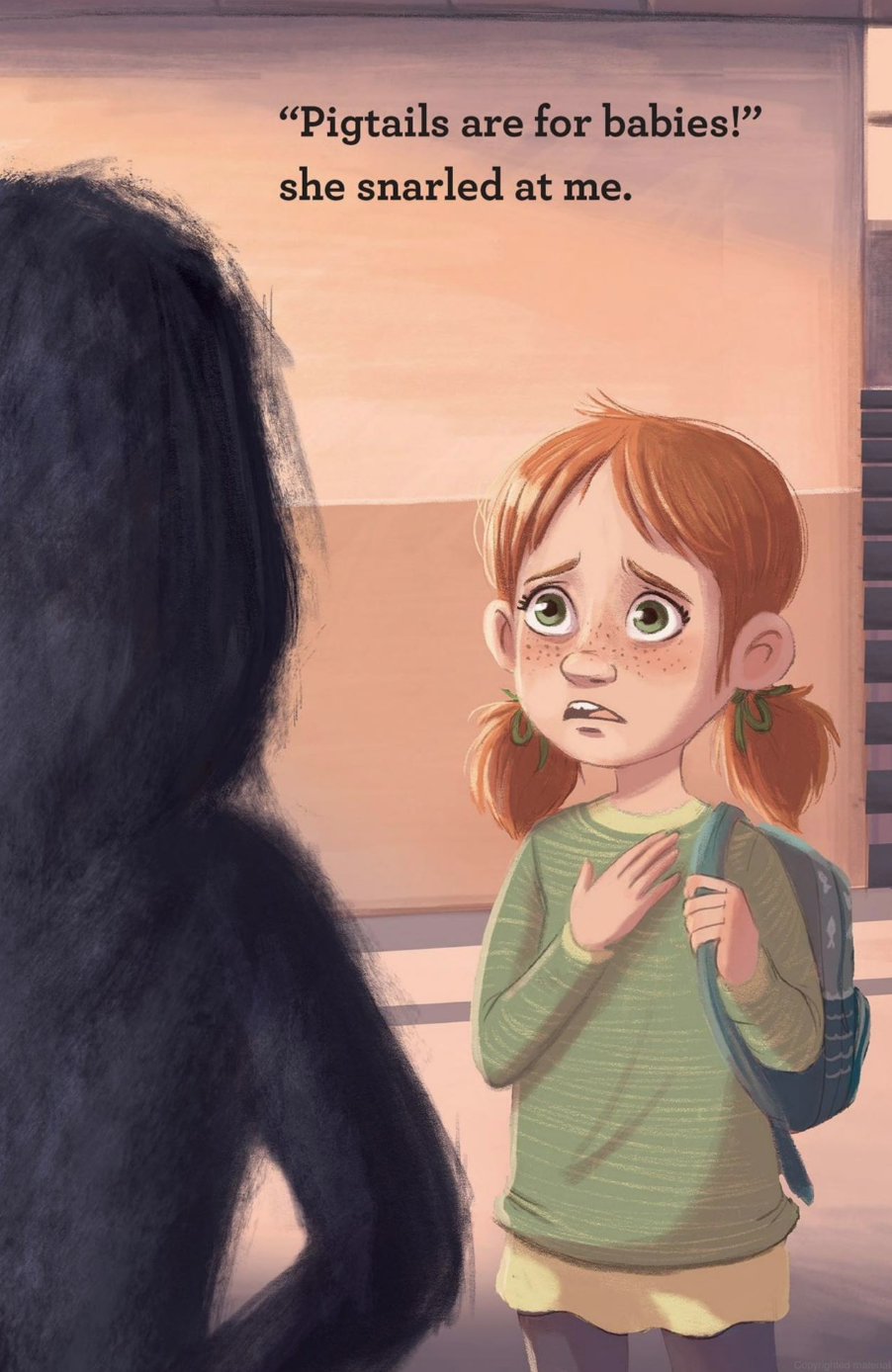
Page 4
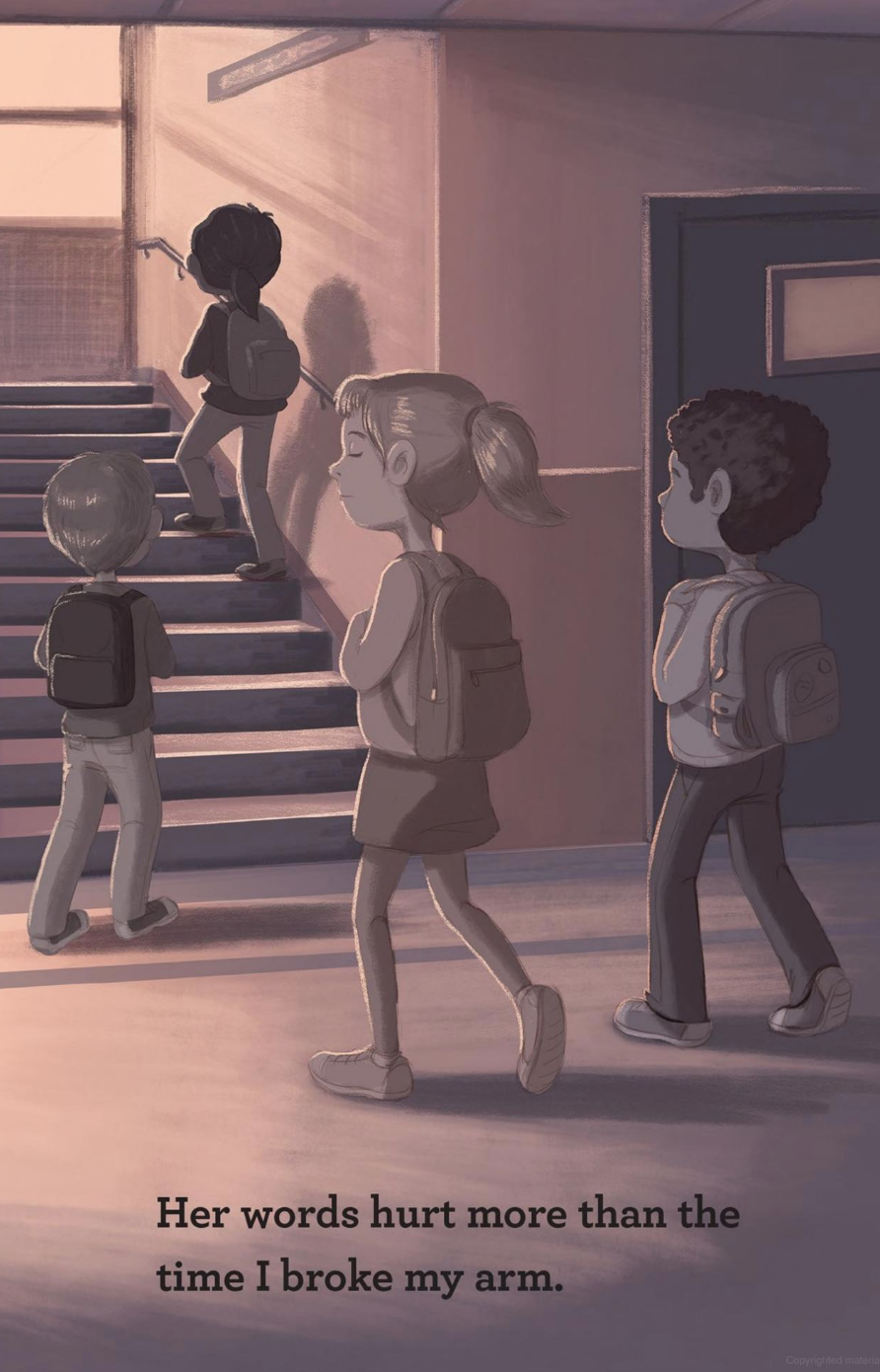
Page 5
Miriam Laundry & Jack Canfield
Published by HCI Books
Comic Style Illustrations
This is when a picture book is designed like a comic book.

Page 4
Miriam Laundry & Jack Canfield
Published by HCI Books
Split Spread
This is when the text appears on one page and a full page illustration is on the other side of the spread.
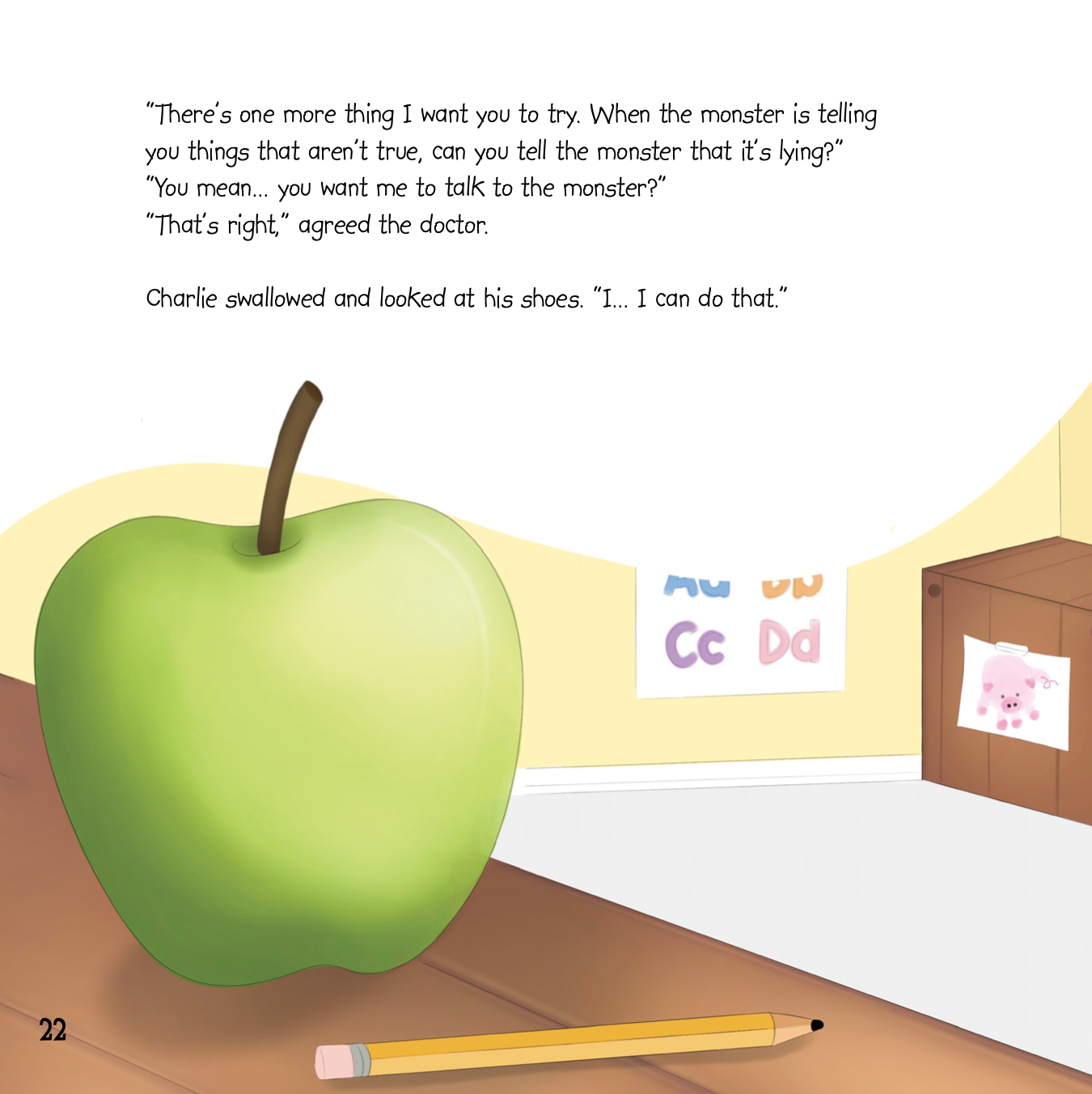
Page 22
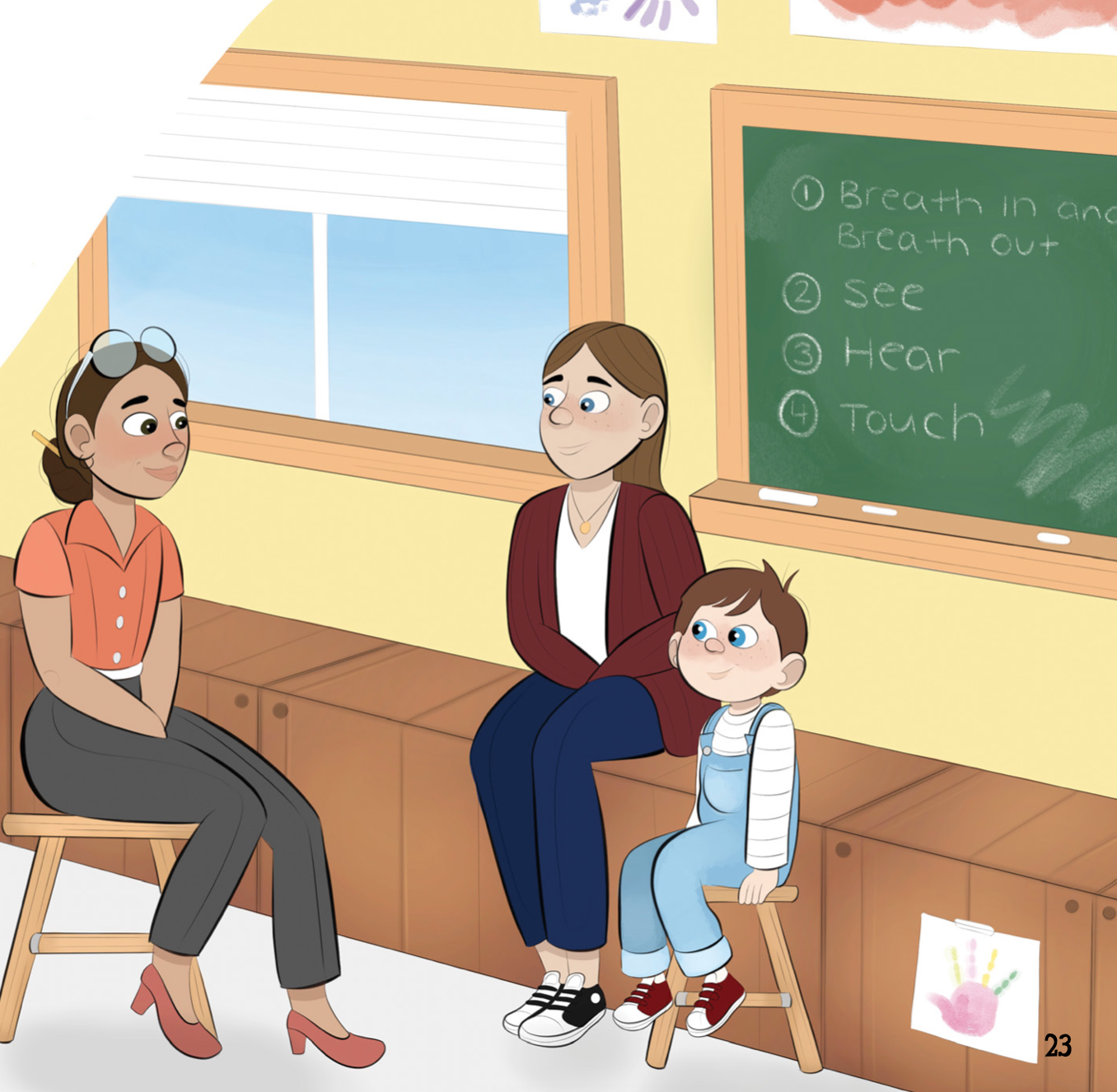
Page 23
Lauren A. Bertone
Spot Illustrations
This is when a small illustration appears on a page. There can be more than one spot illustration per page. How many illustrations there are depends on what you want.
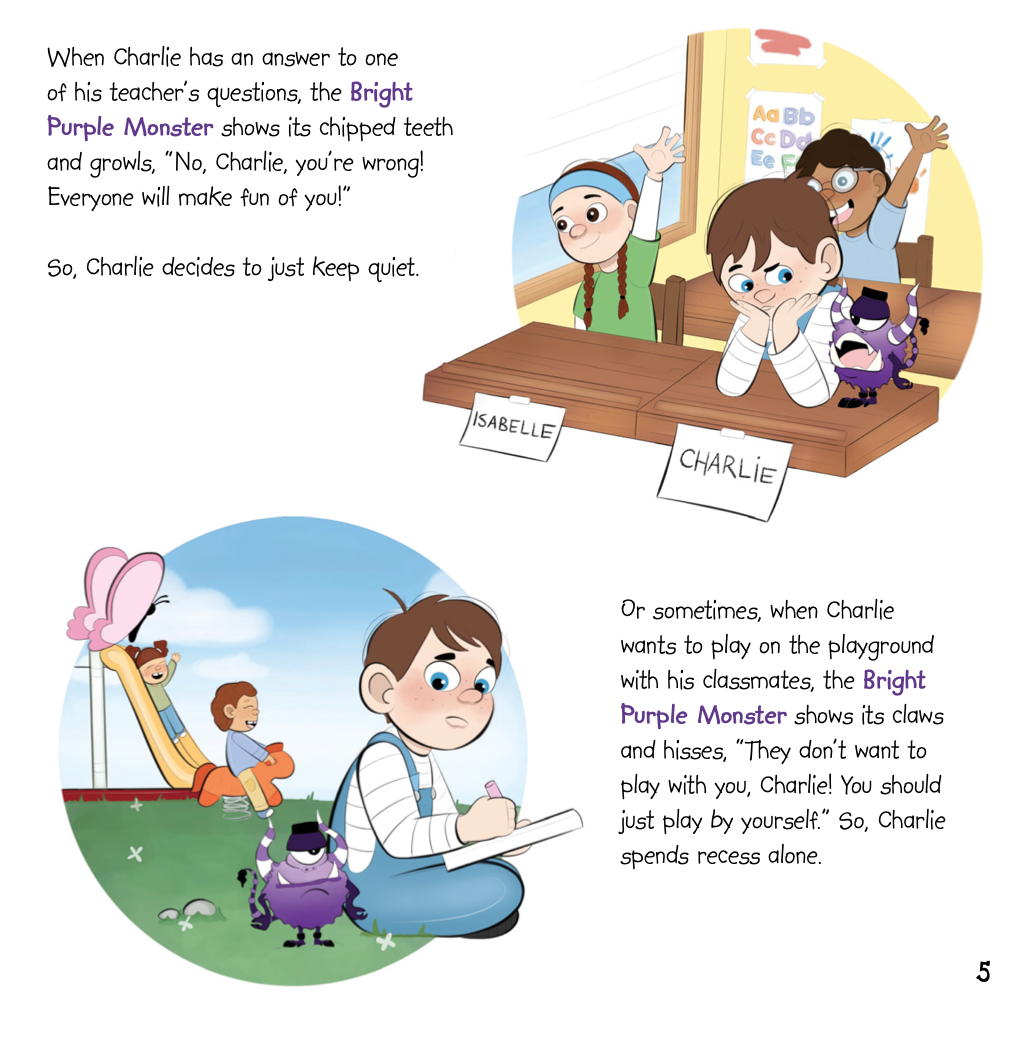
Page 5
Lauren A. Bertone
Half Page
This is when the illustration only takes up half the page.
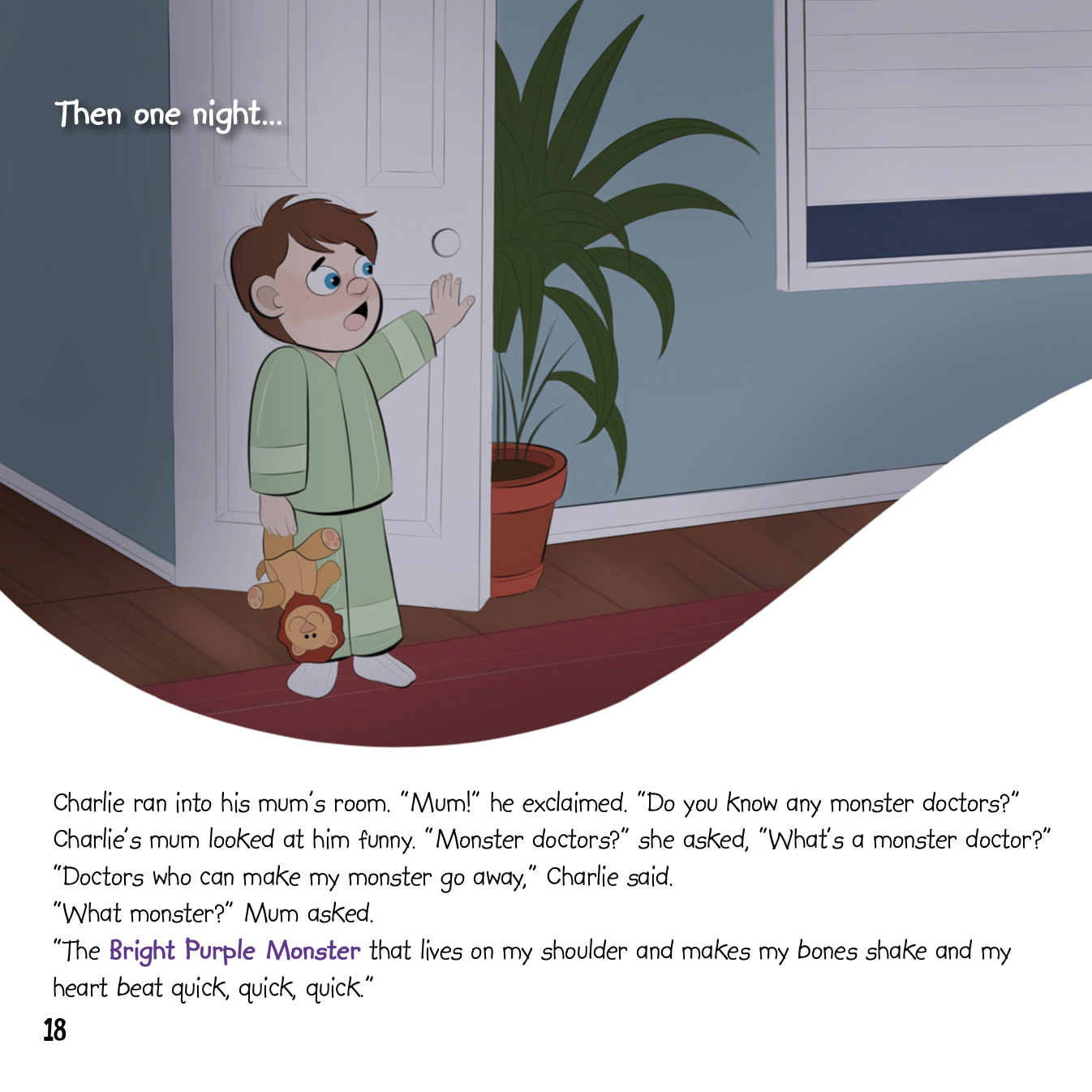
Page 18
Lauren A. Bertone
A Combination of Different Types
This is when the book combines various types of illustrations within one spread.
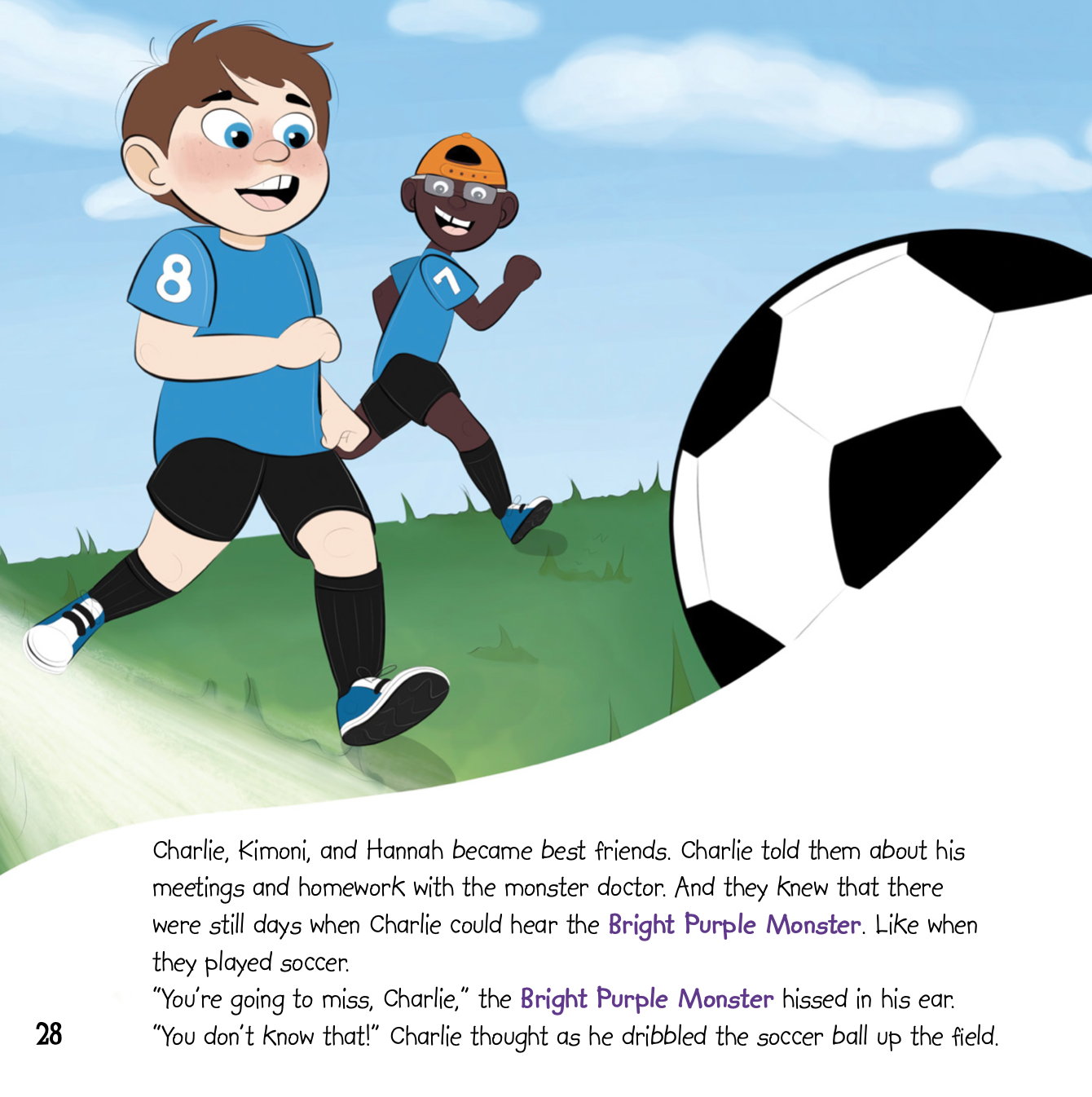
Page 28*
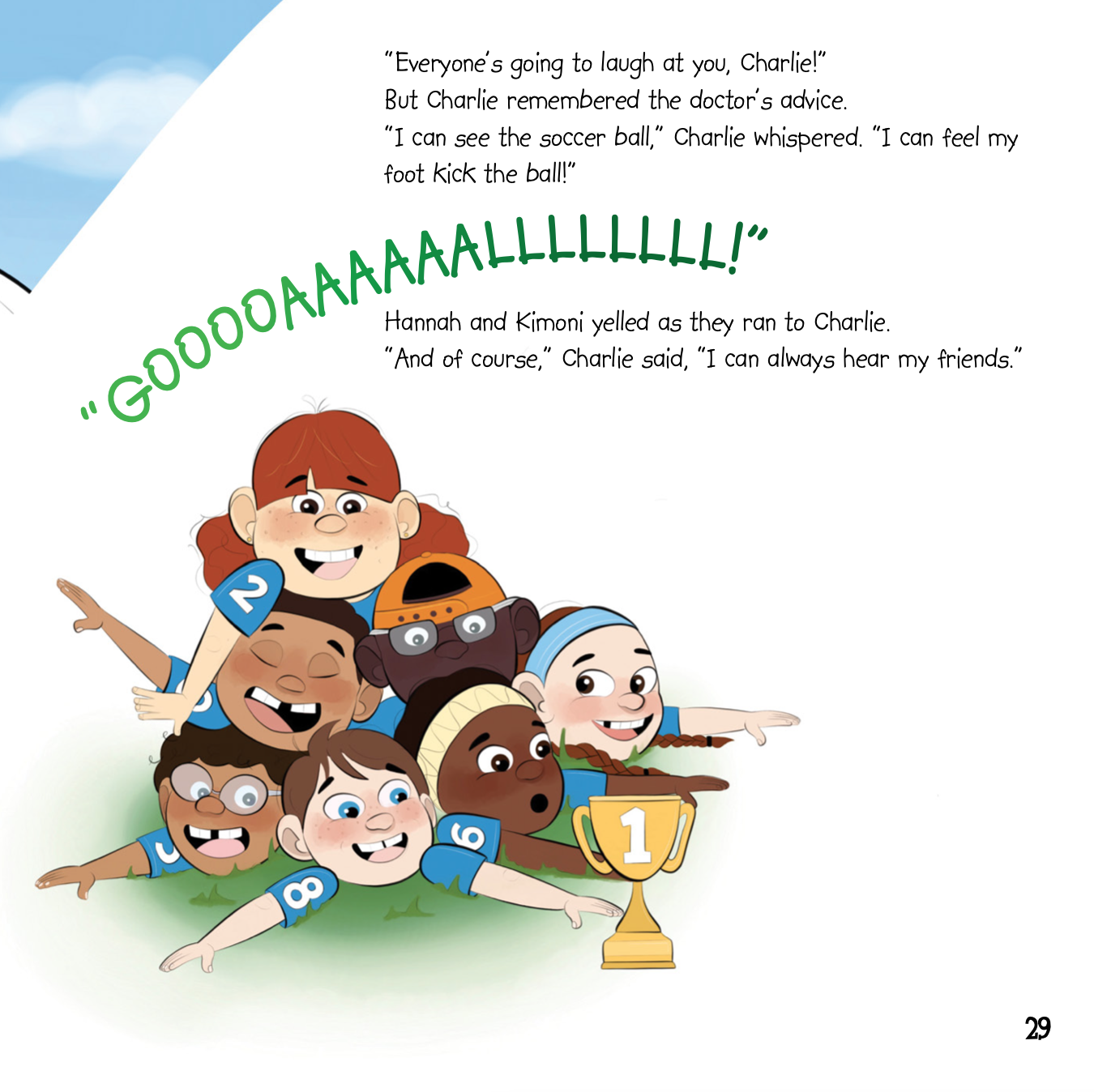
Page 29*
Lauren A. Bertone
*This spread contains a half page illustration on one side and a spot illustration on the other.
As you review your book layout, start deciding which kinds of illustrations you’d like to see in your picture book. Then, you can get an idea of how many illustrations you’ll end up with.
Of course, you could also assume that if you have one illustration per page and approximately 28 pages for your story, you’ll have around 28 illustrations (give or take a few depending on the types of illustrations you end up using).

Organize your manuscript in a 32 Page Picture Book Template.
Working with an Illustrator
Remember that an important part of working with an illustrator is giving them the creative freedom to make changes.
You might have a general idea of what you want the book to look like, but keep in mind that the illustrator is the expert. Let them exercise their imagination. You might be pleasantly surprised by what they come up with!
And they’ll probably give you a better idea of how many illustrations you’ll need.
If you want to learn more about working with an illustrator, read THIS article.
